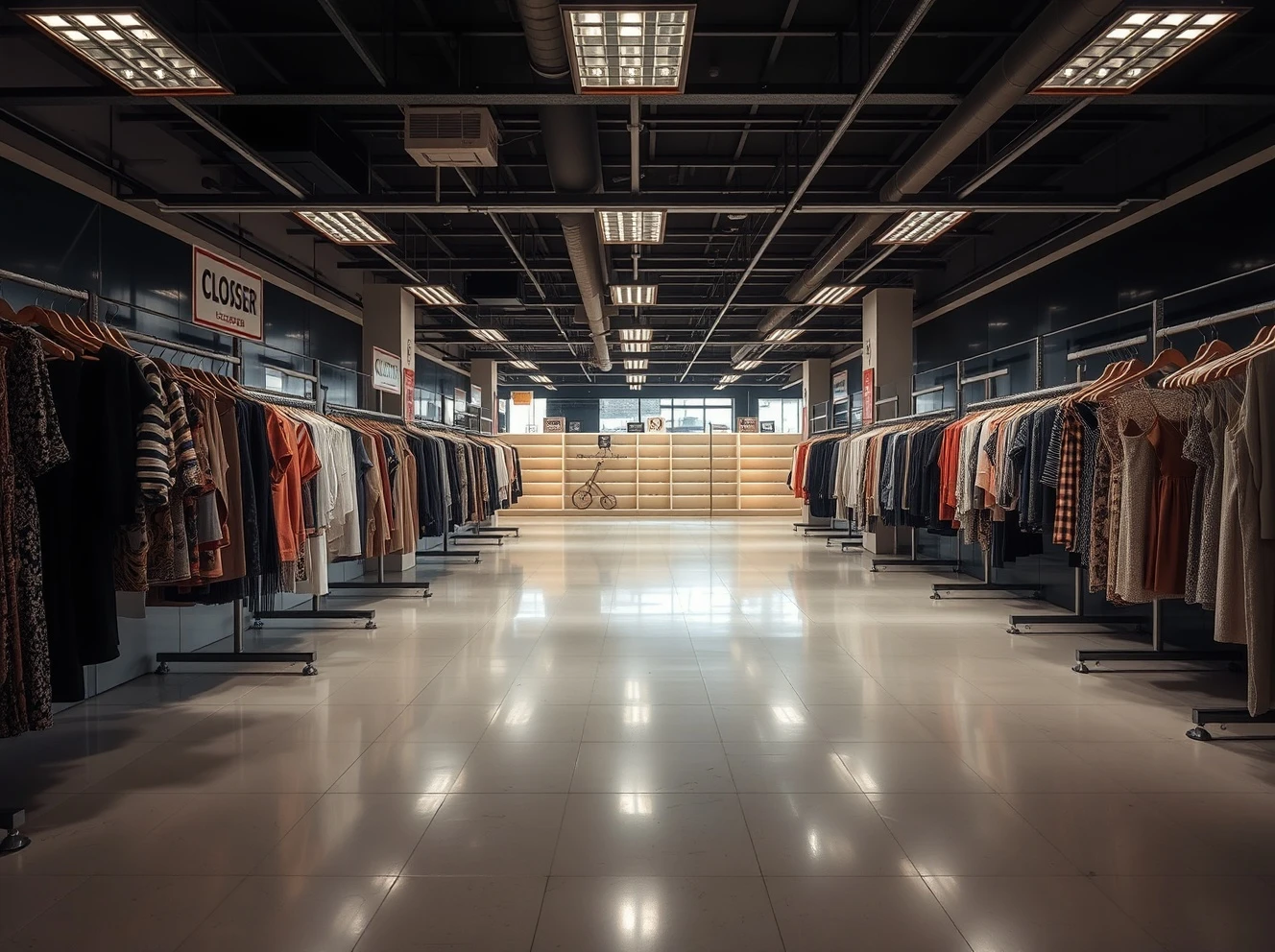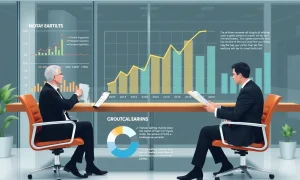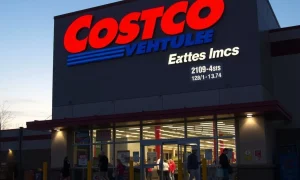After 55 years of dressing generations of women, a prominent fashion retailer has filed for Chapter 11 bankruptcy protection. This development sends shockwaves through the retail industry and highlights ongoing challenges facing traditional brick-and-mortar stores. Consequently, the company joins a growing list of established brands seeking financial restructuring through bankruptcy courts.
Understanding Chapter 11 Bankruptcy Proceedings
The Chapter 11 bankruptcy filing represents a strategic move for the struggling fashion company. This legal process allows businesses to continue operations while restructuring debts and obligations. Moreover, the company can maintain control over daily activities as debtors in possession. The court must approve all major business decisions during this period.
Several key factors typically trigger Chapter 11 bankruptcy filings:
- Mounting debt obligations exceeding revenue streams
- Declining sales across multiple quarters
- Increased competition from online retailers
- Changing consumer preferences affecting traditional retail
Retail Industry Challenges Leading to Bankruptcy
The fashion retail sector faces unprecedented challenges in today’s market. Many established companies struggle to adapt to digital transformation. Additionally, shifting consumer behaviors have dramatically altered shopping patterns. The COVID-19 pandemic accelerated these trends significantly.
Traditional retailers confront multiple obstacles:
- E-commerce dominance from major online platforms
- Rising operational costs including rent and labor
- Supply chain disruptions affecting inventory management
- Changing fashion trends requiring faster adaptation
Financial Restructuring Under Chapter 11 Protection
The bankruptcy court oversees the company’s financial reorganization process. Creditors must submit claims according to established deadlines. Meanwhile, the company develops a repayment plan for court approval. This plan typically involves renegotiating leases and vendor contracts.
Successful Chapter 11 bankruptcy cases often include:
- Store portfolio optimization through strategic closures
- Debt restructuring agreements with major creditors
- Operational efficiency improvements across all functions
- Brand repositioning strategies for market relevance
Impact on Employees and Stakeholders
The Chapter 11 bankruptcy filing creates uncertainty for company employees. However, bankruptcy protection often preserves jobs during restructuring. Vendors and suppliers may experience payment delays or reduced orders. Customers generally continue to receive products and services throughout the process.
Key stakeholder considerations include:
- Employee retention and benefit continuity
- Vendor relationships and payment terms
- Customer loyalty and brand perception
- Investor confidence and stock performance
Future Outlook for Fashion Retailers
The fashion industry continues evolving at a rapid pace. Companies must embrace digital transformation to remain competitive. Furthermore, sustainability and ethical manufacturing gain importance among consumers. Successful retailers will likely combine physical and digital shopping experiences.
Industry experts predict several emerging trends:
- Increased personalization through data analytics
- Sustainable fashion practices addressing environmental concerns
- Omnichannel retail strategies integrating online and offline
- Experiential retail concepts enhancing customer engagement
Frequently Asked Questions
What does Chapter 11 bankruptcy mean for customers?
Customers can generally continue shopping during Chapter 11 proceedings. Gift cards and returns typically remain honored. However, store locations may close as part of restructuring.
How long does Chapter 11 bankruptcy protection last?
Chapter 11 cases typically last several months to years. The duration depends on case complexity and reorganization progress. Courts aim for efficient resolutions.
Will the company close all its stores?
Not necessarily. Many companies use Chapter 11 to close underperforming locations while keeping profitable stores open. The final decision depends on restructuring analysis.
What happens to employees during bankruptcy?
Employees usually continue working during Chapter 11 proceedings. Payroll obligations typically receive priority treatment. However, workforce reductions may occur.
Can the company emerge successfully from bankruptcy?
Many companies successfully reorganize and emerge stronger from Chapter 11. Success depends on effective restructuring and market conditions. Historical precedents show varied outcomes.
How does Chapter 11 affect company suppliers?
Suppliers may experience delayed payments or modified contracts. The court must approve significant vendor relationship changes. Many suppliers continue working with companies in bankruptcy.








